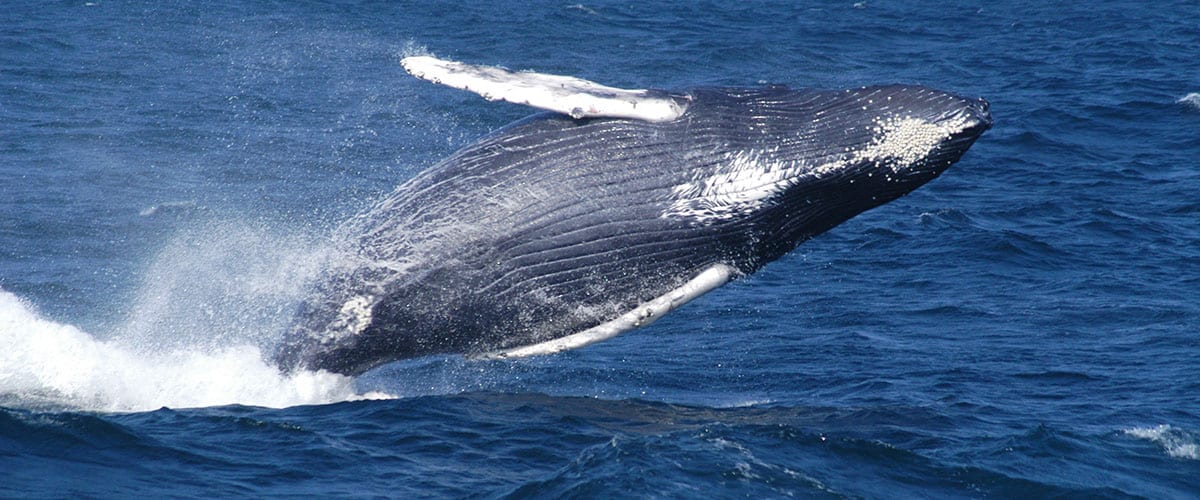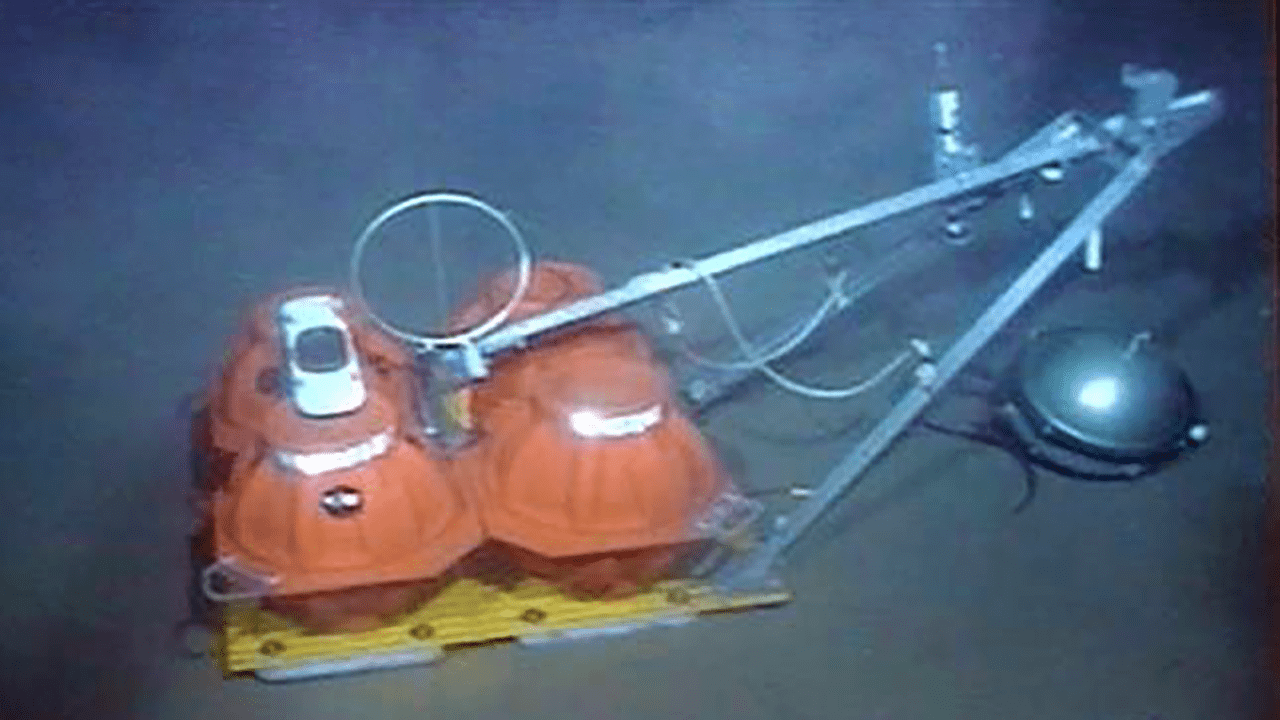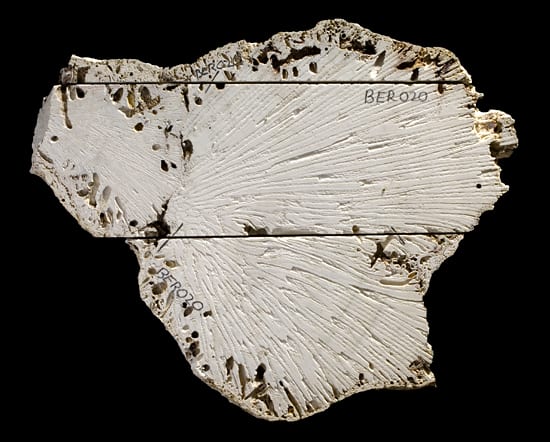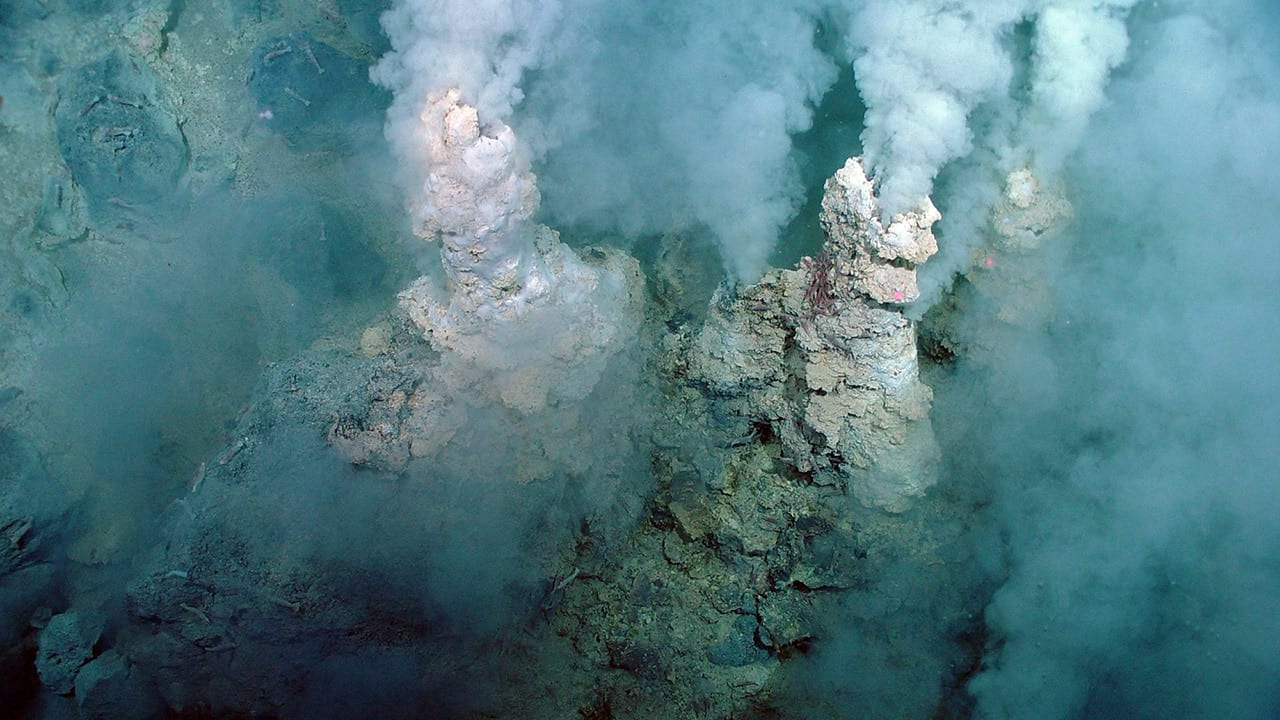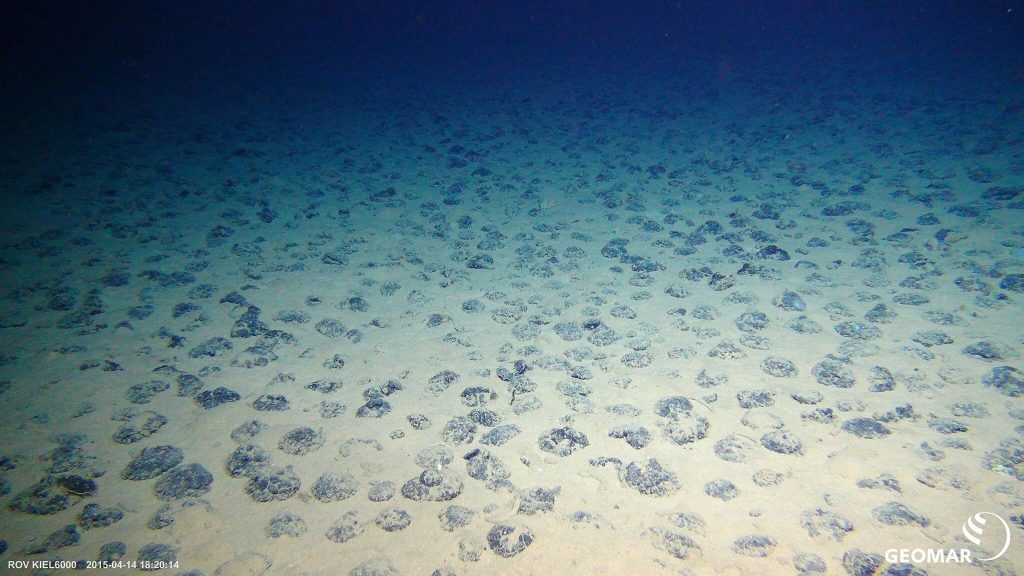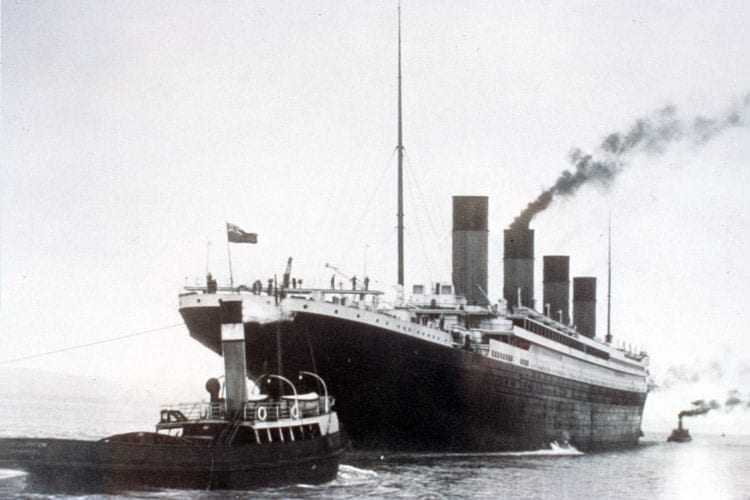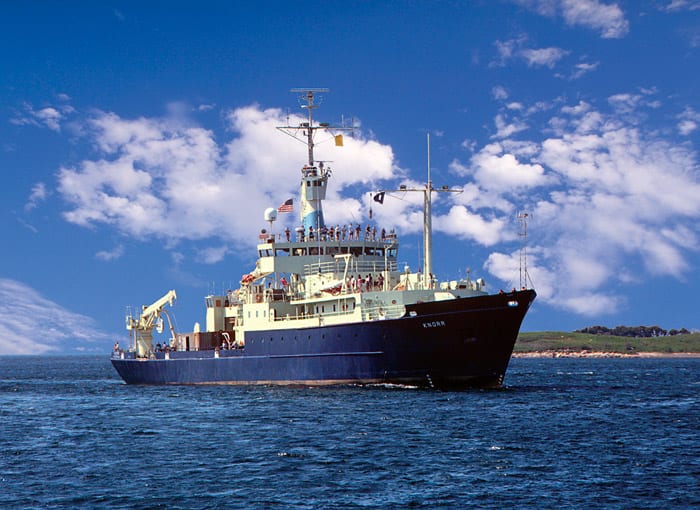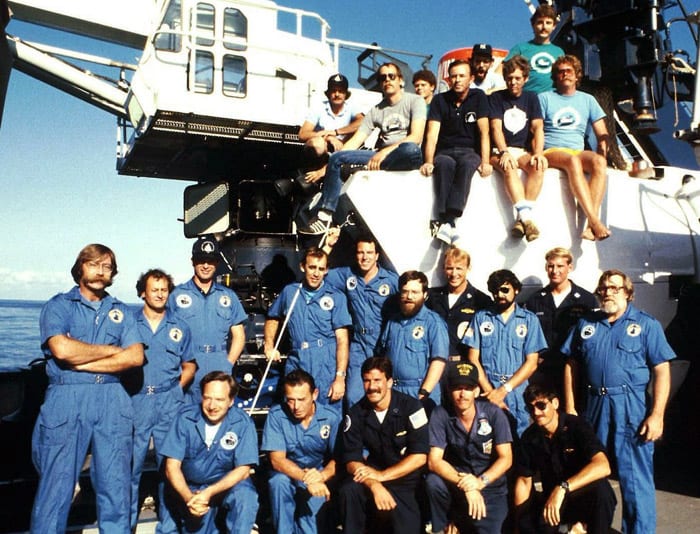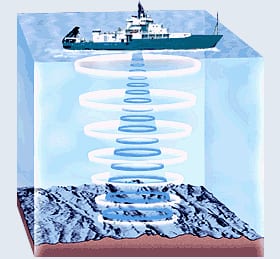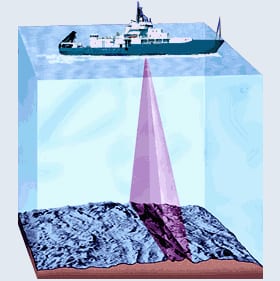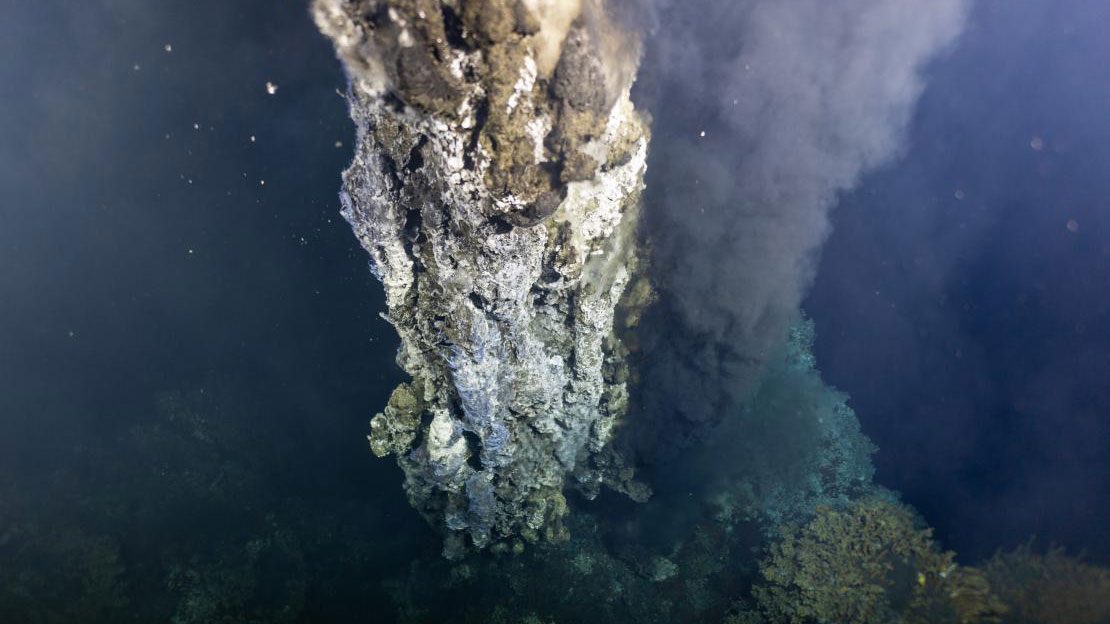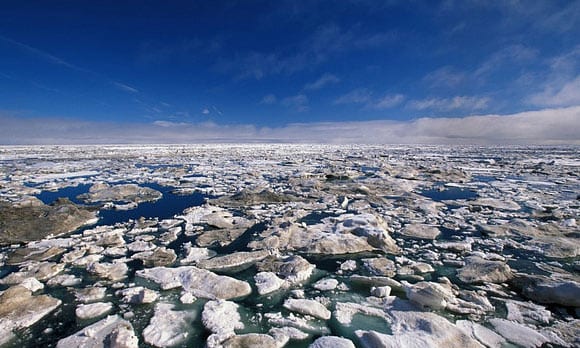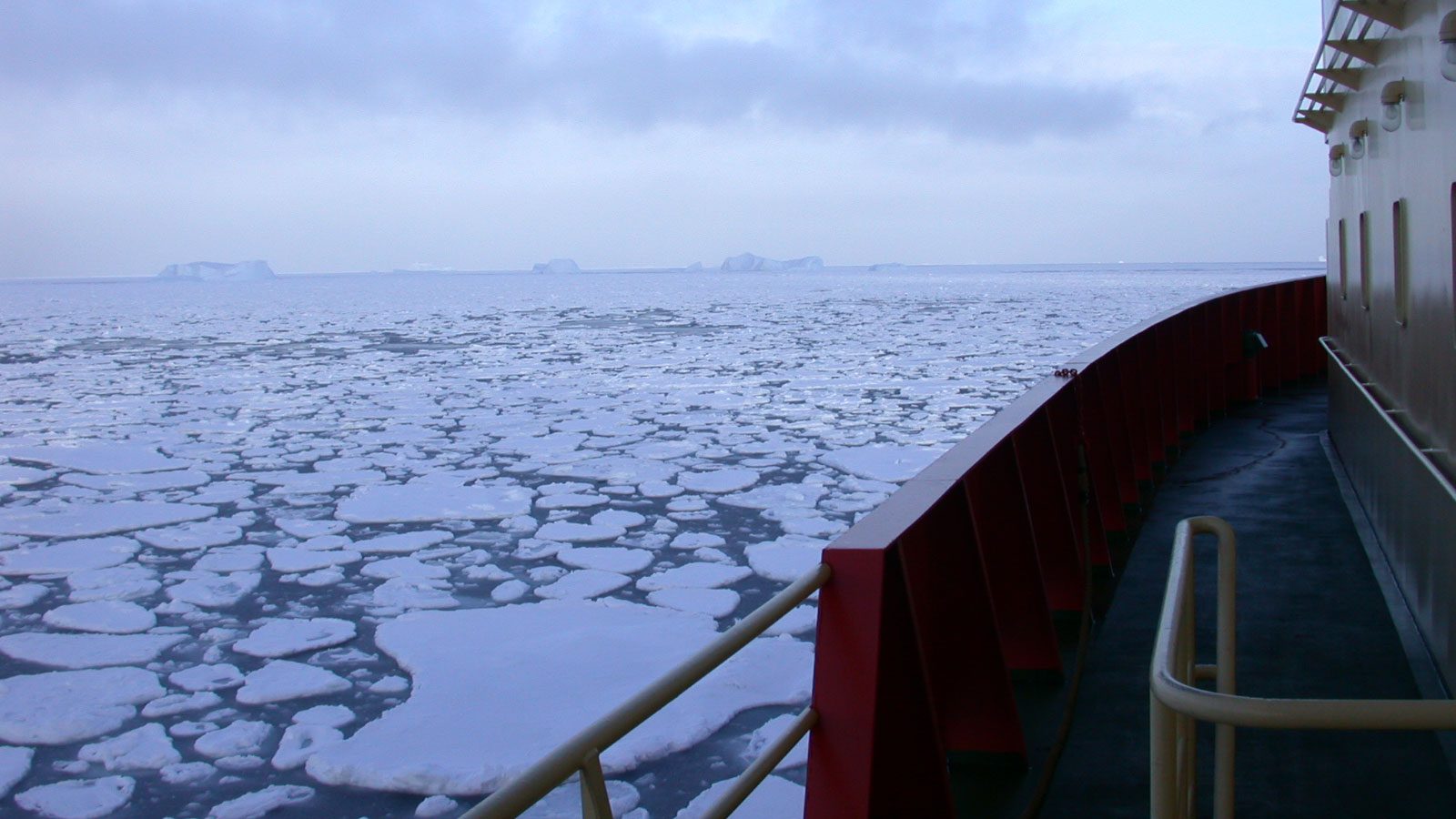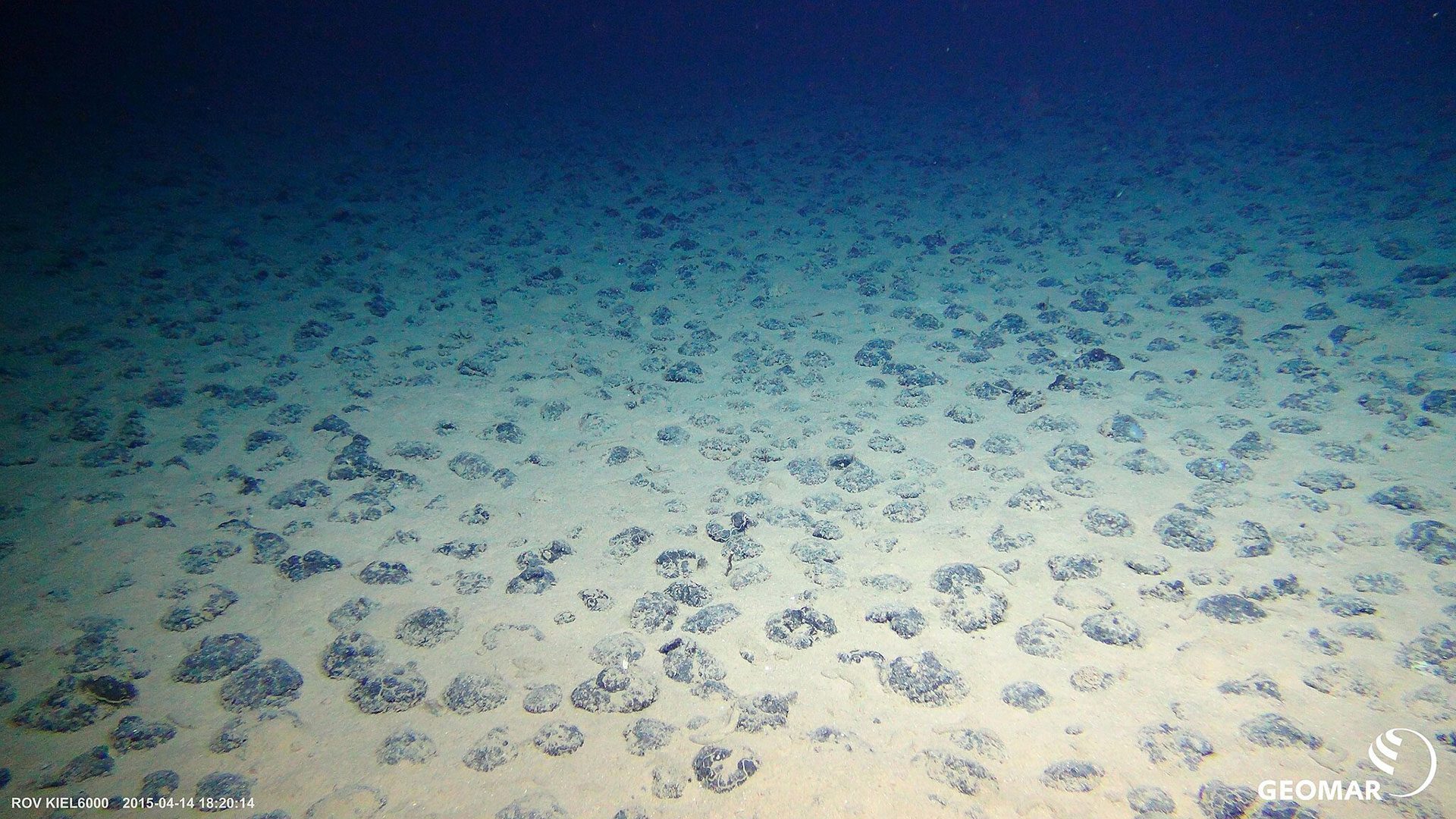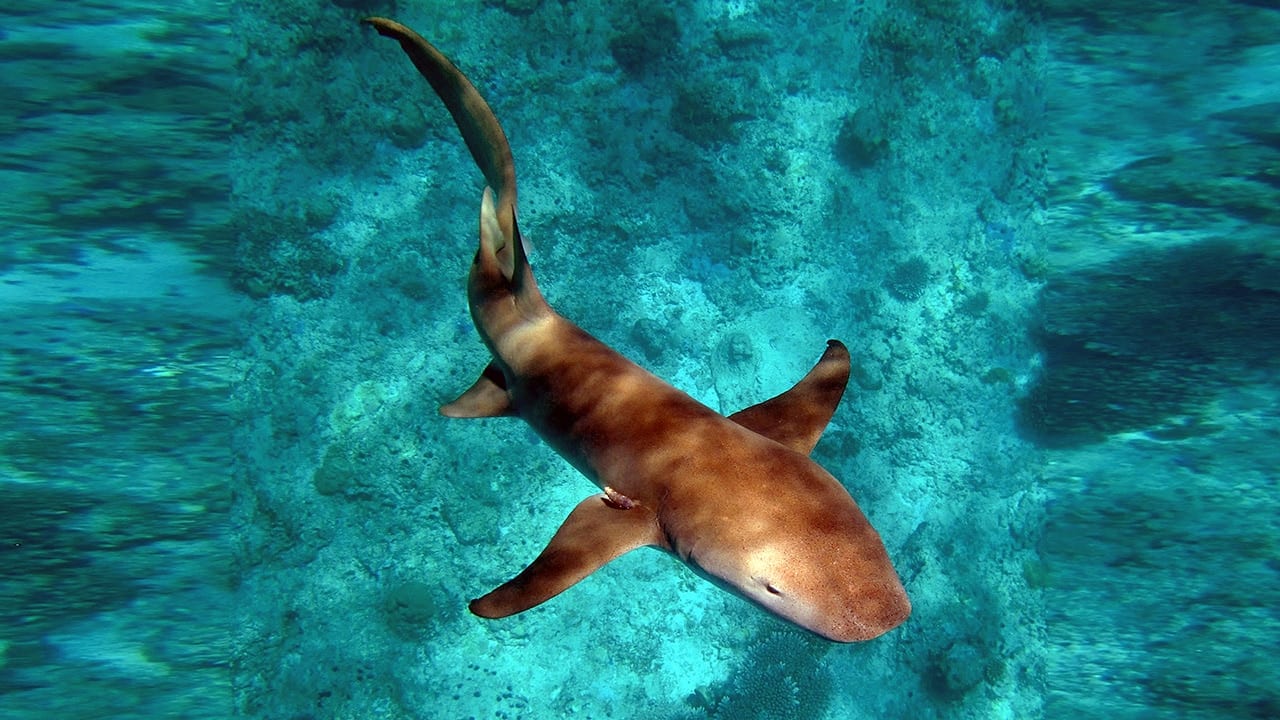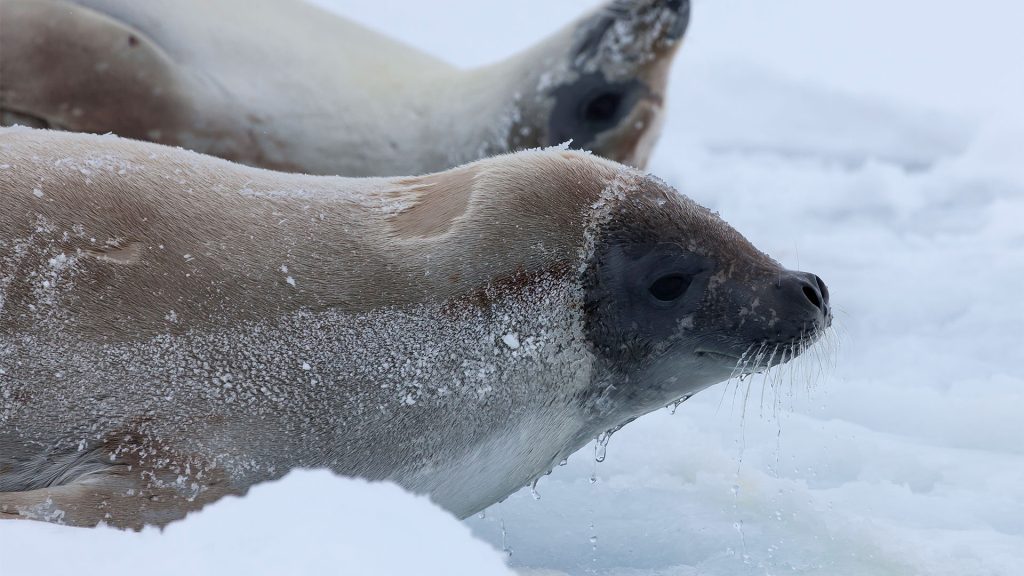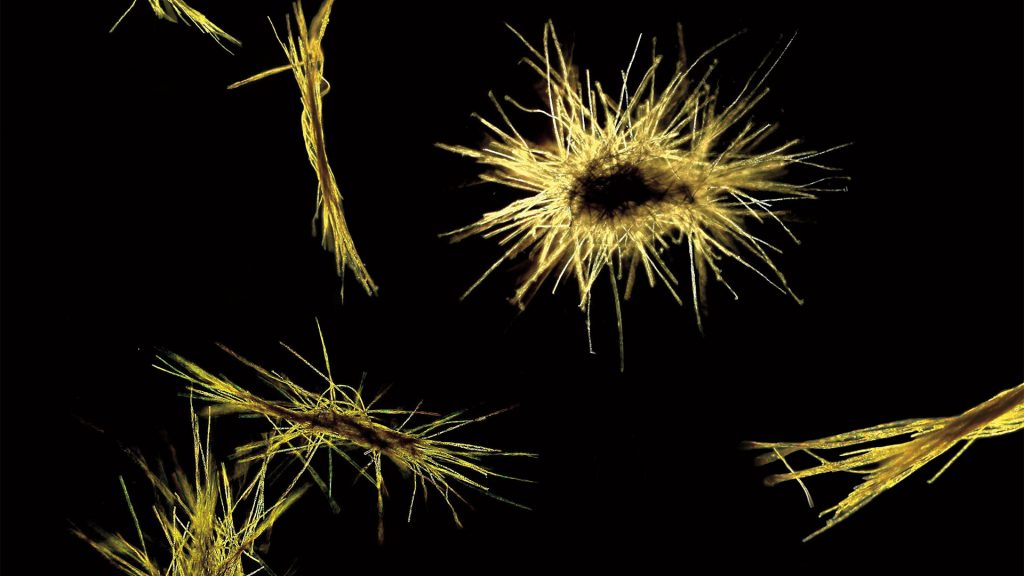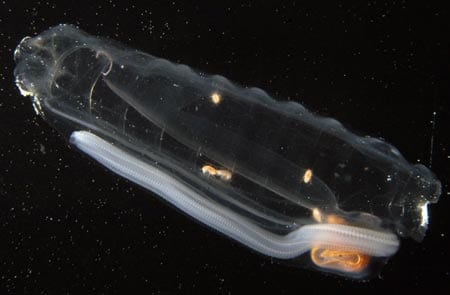Topic Feature
Right Whale FAQs
Northern right whales are large baleen whales known for their distinctive callosities and slow-moving nature. Read our FAQ about this endangered whale.
Read MoreExpedition to Stellwagen Bank National Marine Sanctuary
Stellwagen Bank, an underwater plateau off Boston, is a biological hotspot and key fishing ground. It’s a prime whale-watching spot and home to shipwrecks like the Portland, a maritime heritage symbol.
Read MoreEarthquakes and Seismic Waves
Earthquakes release energy as seismic waves, revealing Earth’s interior and helping locate quake sources to understand tectonic processes and earthquake physics.
Read MoreDating Corals, Knowing the Ocean
Coral is a useful tool for scientists who want to understand changes in past climate, but recalling that history presents its own set of challenges.
Read MoreSeafloor Mining FAQs
Deep-sea mining extracts metals like nickel and cobalt from ocean floors over 200m deep, with potential environmental impacts and global economic effects. Learn more in this FAQ.
Read MoreWho Regulates Seafloor Mining?
The International Seabed Authority regulates deep-sea mining beyond national zones, balancing resource access with environmental protection and global benefits.
Read MoreHistory of RMS Titanic
The Royal Mail Ship (RMS) Titanic was designed to be one of the greatest achievements of an era of prosperity, confidence, and propriety known as the Gilded Age.
Read MoreShips & Technology used during the Titanic Expeditions
The wreck of Titanic was located in 1985 by the Woods Hole Oceanographic Institution’s new imaging vehicle Argo on its first deep-sea cruise, towed from the Research Vessel Knorr.
Read More1986 Return to the RMS Titanic
In July 1986, nine months after their discovery of the wreck of RMS Titanic, the Deep Submergence Laboratory (DSL) team at the Woods Hole Oceanographic Institution (WHOI) returned to the wreck site.
Read More1985 Discovery of RMS Titanic
The discovery of the Titanic on September 1, 1985, is a tale of two research centers—Woods Hole Oceanographic Institution U.S.A., and French National Institute of Oceanography, France.
Read MoreSonar Single Beam
Echo sounding uses sound waves bounced off the ocean bottom to calculate depth. The faster the sound waves return, the smaller the water depths and the higher the elevation of the seafloor.
Read MoreAcoustic Doppler Current Profiler (ADCP)
An Acoustic Doppler Current Profiler (ADCP) uses sound waves to measure water current speed at multiple depths, helping scientists study ocean and river flow.
Read MoreMultibeam Bathymetry
Multibeam bathymetry is based on the fact that more beams are better than one. About 30 years ago, the US Navy developed a system that could send out many beams…
Read MoreGodzilla, Sasquatch, & Homer Simpson
Many deep-sea features are named for their distinct shapes and formidable sizes. Other features are named for research vessels, and others to honor pioneering scientists.
Read MoreFAQ: Japan Earthquake and Tsunami
On March 11, 2011, a magnitude 9.0 thrust-fault quake 80 mi east of Honshu, Japan, ruptured the subducting Pacific plate, triggering a massive tsunami.
Read MoreFAQs: Radiation from Fukushima
Fukushima’s 2011 nuclear accident released radioactive isotopes into the ocean; levels have since decreased but ongoing monitoring continues. Learn more in this Q & A article.
Read MoreSea Ice Glossary
Mariners have adopted a number of different names for icebergs and pack ice. The following glossary of ice terms is from Bowditch's Glossary of Marine Navigation.
Read MoreThe Many Forms and Shapes of Ice
Ice comes in many forms and shapes. Icebergs can be as big as a house, while newly formed sea ice can be thin and rubbery like a piece of pizza dough.
Read MoreWho Regulates Seafloor Mining?
The International Seabed Authority regulates deep-sea mining beyond national zones, balancing resource access with environmental protection and global benefits.
Read MoreShark Facts
Sharks are ancient, diverse predators with over 500 species. They're vital to ocean health—but slow to reproduce and threatened by overfishing.
Read MoreVibrio parahaemolyticus
Vibrio p. is a salt-loving bacterium that causes GI illness from raw shellfish or seawater exposure—most often in summer.
Read MoreSeal Facts
Seals are pinnipeds, a group of animals with three separate families—phocidae, otaridae, and odobenidae—that are the only mammals that feed in the water and breed on land.
Read MorePlankton, By Any Other Name
Plankton are the diverse collection of organisms found in water that provide a crucial source of food to many small and large aquatic organisms, such as bivalves, fish and whales.
Read MoreThe Watery World of Salps
A salp is a barrel-shaped, planktic tunicate that moves by pumping water through its gelatinous body, and can be seen as a single organism or in long, stringy colonies.
Read More

